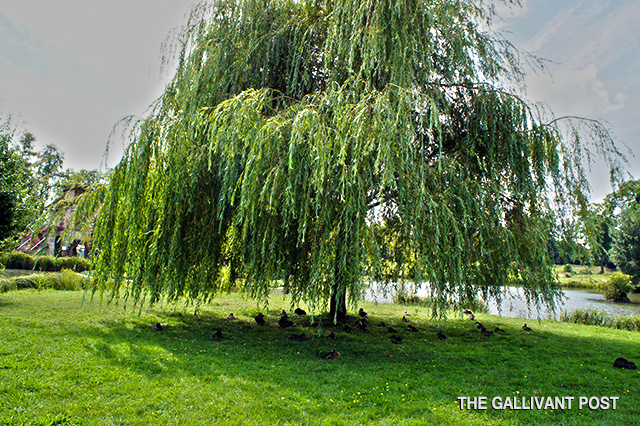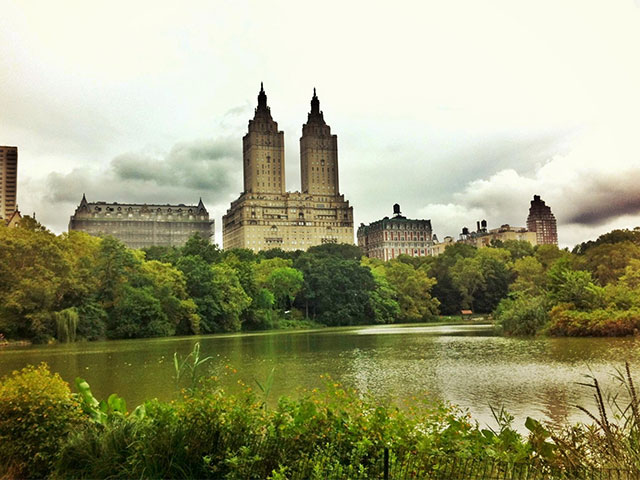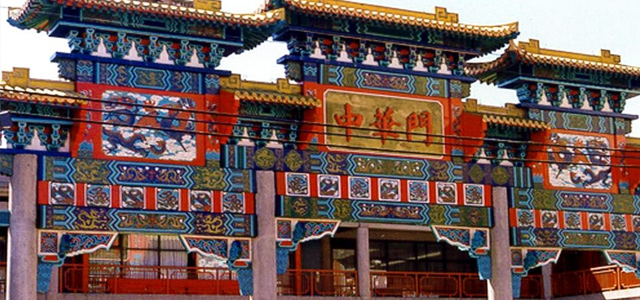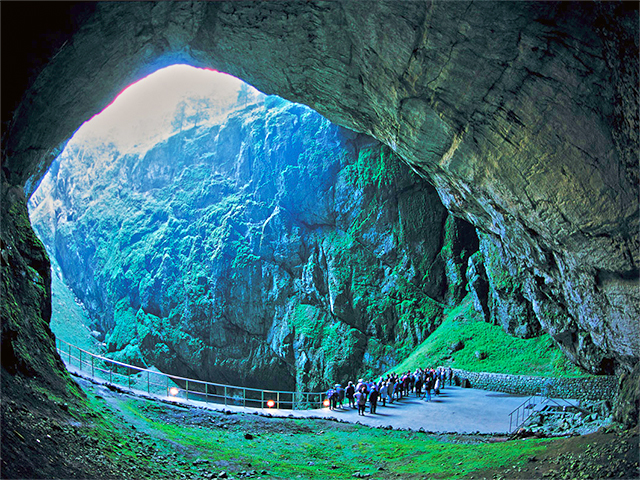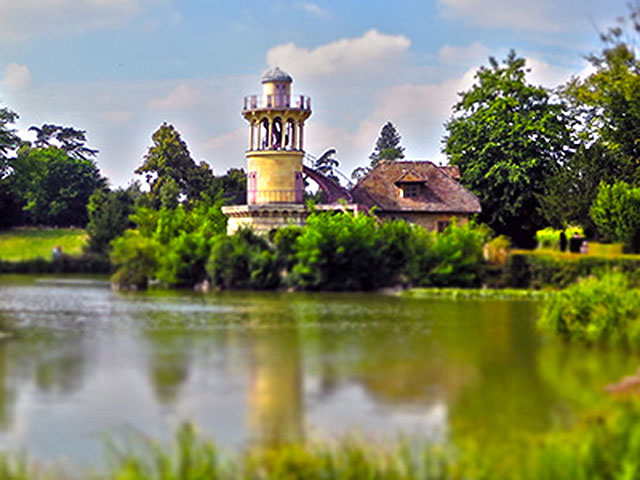
Exploring Marie Antoinette’s Hamlet
I’ve heard about Marie Antoinette and her frivolous ways before, but Sofia Coppola’s rocked-out film version revealed a different side of the reluctant queen. Married into the extravagant lifestyle of French royalty, she sought to retreat to the simple life in a rustic village, in the middle of the Palace grounds. The Palace of Versailles may awe with its opulence and size, but it’s really the Hameau de la Reine (The Queen’s hamlet) that took my breath away.
Designed by the Queen’s preferred architect, Richard Mique and painter Hubert Robert, the hamlet is self-contained, with a meadow filled with lakes and ponds, strewn with shrubs and flowers and quaint cottages surrounded by gardens. There is even a stream that turned a mill wheel attached to one of the buildings and a farmhouse with roaming animals to complete the idyllic scene.
Here’s why you should visit the hamlet when you drop by Versailles:
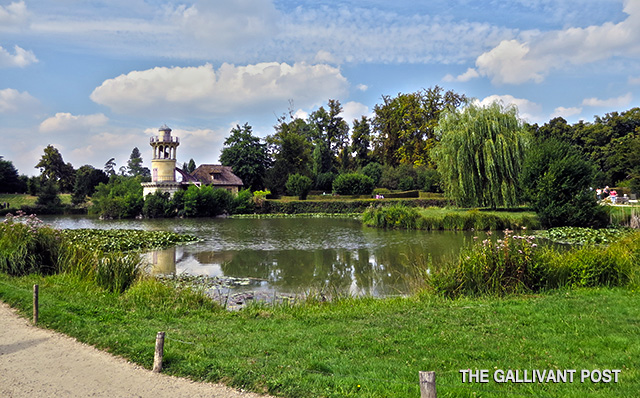
This is the visual feast when you enter the hamlet. A tranquil sight of rustic calmness, a refreshing contrast from the explosion of lavishness that is the palace.
The Queen’s House
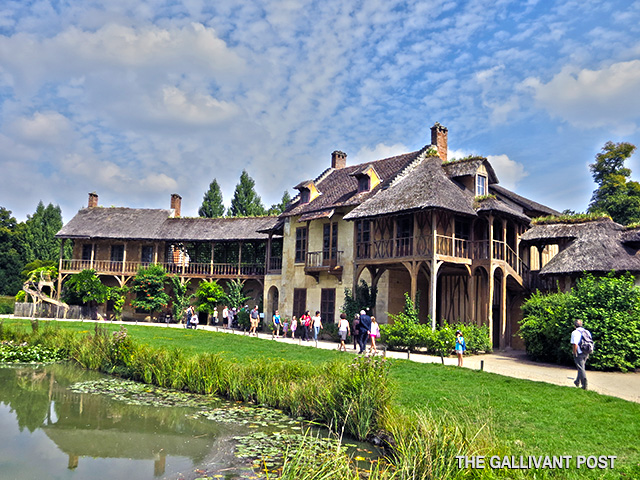
The Queen’s house is the biggest structure in the hamlet. The unique design of the house connects two rustic buildings with a curved covered walkway.
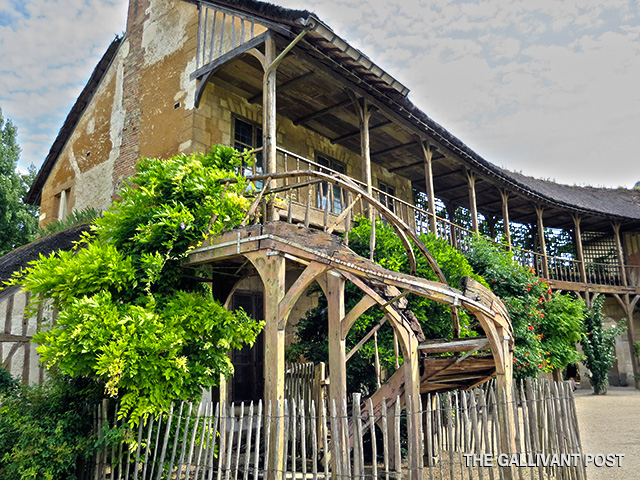
A whimsical spiral staircase leads to the queen’s private chambers and salons. The queen mainly entertains here, and because of the strategic location of this building, she is able to see the entire hamlet from any one of the windows from the second floor. It has been said that despite its pastoral exterior, the house’s interior is quite furnished. Visitors are not allowed in to all interiors of the buildings here.
The Boudoir
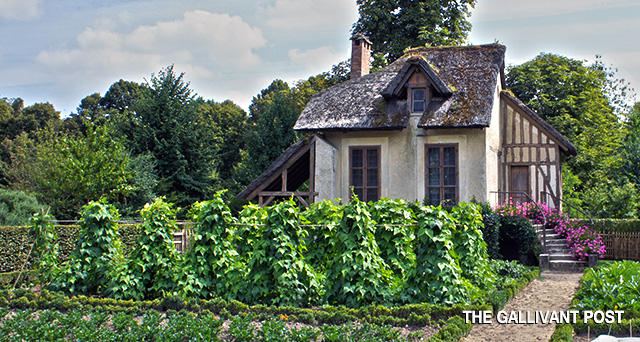
When Marie Antoinette is looking for some downtime and privacy, she retires to more modest surroundings, like this Boudoir above. Also known as the Little House of the Queen, this is the smallest structure in the Hamlet.
The Mill
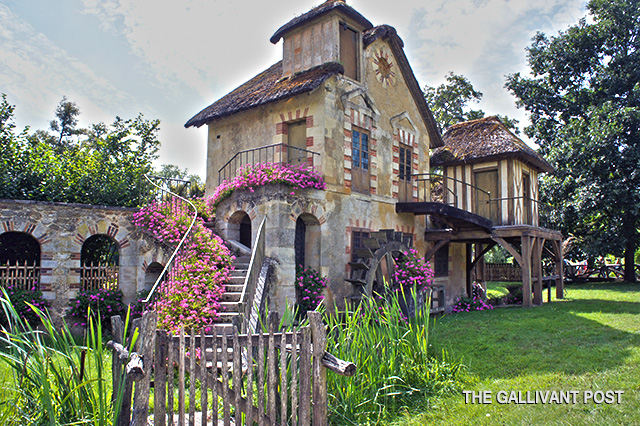
This is a fully functioning mill with a wheel driven by a stream trickled from the Grand Lake, although its existence is more decorative than purposeful. Much effort was paid to the Mill’s façade, making it easily the most picturesque structure in the hamlet.
The Marlborough Tower
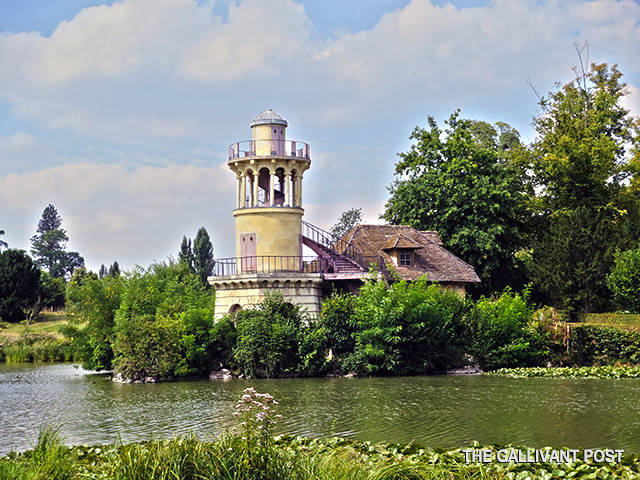
This lighthouse like tower is a decorative piece, created after a lullaby from that era. The basement was used as a storage room while the top of the tower allows a good view.
The Farm
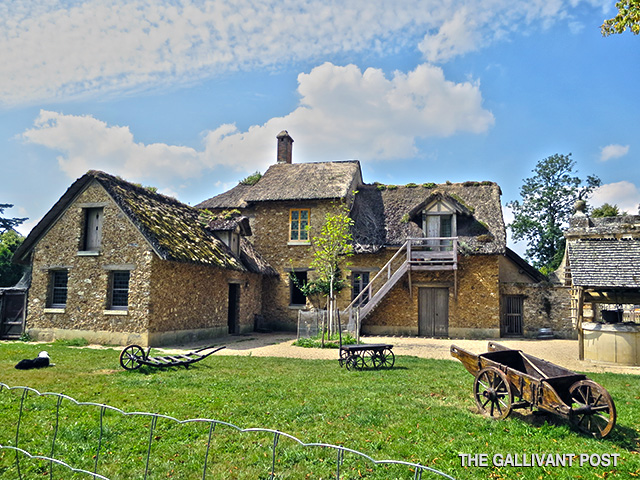
This fully operational farm included three bedrooms, a dining room and a kitchen. It housed livestock and had vegetable gardens.
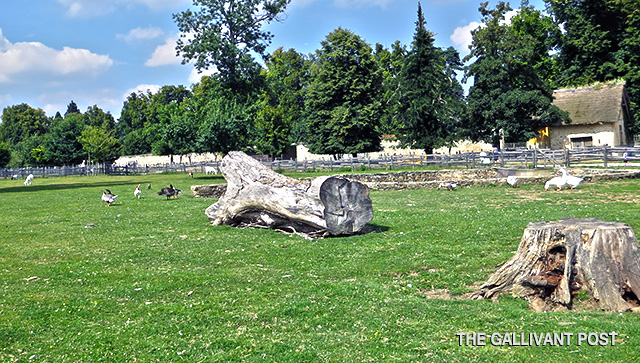
The farmhouse life is still maintained, you can see farm animals roaming the fields in the hamlet.
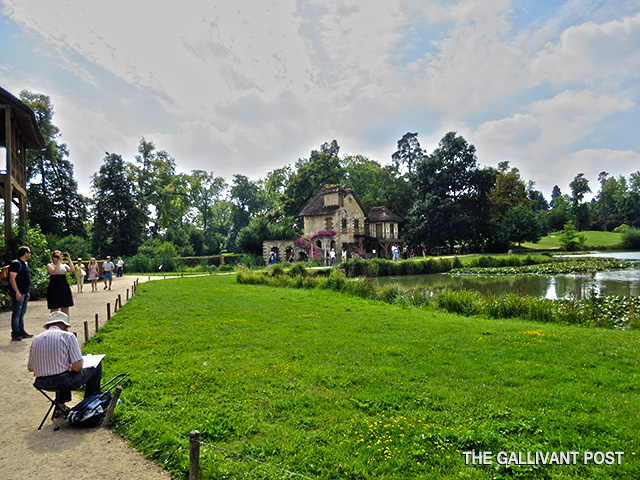
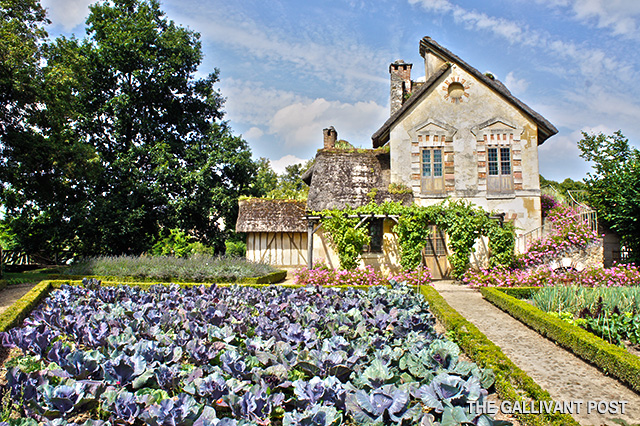
The hamlet can be accessed from the palace grounds. It’s an additional charge of 10 euros, which gives you access to the hamlet and The Grand Trianon. It takes about 40 minutes for a leisurely stroll from the main palace to the hamlet. It may sound tiring but the palace gardens are a sight to behold. If you’re up for a walk, you’ll be rewarded with beautifully manicured gardens and marble sculptures.
Tip: Most people give the hamlet a miss because they’re turned off by its distance from the castle. But it needn’t be the case. If you’re not up for a walk, you can queue up for the tram service, which will take you to the Trianon and hamlet in comfort for a small fee.
The Queen’s Hamlet gives us a good look at Marie Antoinette’s yearnings for a simple life. Much was publicized about her frivolity, but the hamlet adds depth to the queen’s character. Don’t you think?
